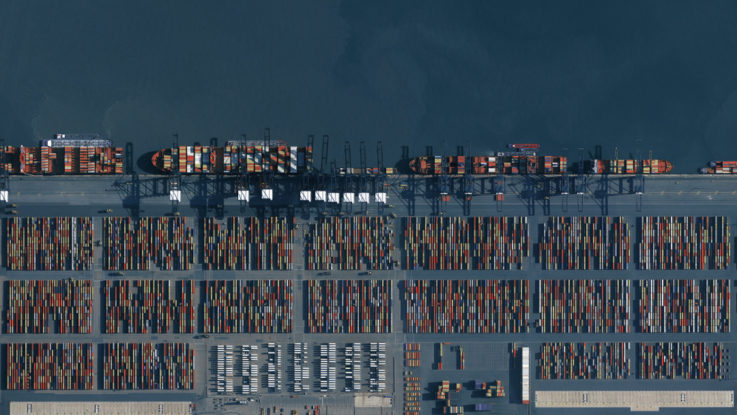
Faced with dealing with collecting about 50 tons of floating debris each year, the Port of Antwerp has turned to using drones to help with the clean up. The debris – which includes plastics, wood, cardboard, organic material, mooring lines, and more – pollutes the waters, and also has a negative impact on biodiversity, and can cause damage to ships.
As the port of Antwerp covers more than 120 km² (~ 46 sq. miles), screening the area has been a challenge for cleanup crews. Having a birds-eye-view provided by drones has made detecting this debris significantly easier. The port will have the devices flying over the port several times a day so that the clean-up effort can be done more quickly and efficiently.
“A clean and safe port is an absolute priority for the Port of Antwerp. The use of drones for floating debris detection is a fine example of how innovation and digitalisation can contribute to this,” saif Piet Opstaele, Innovation Enablement Manager for the Port of Antwerp.
Once 5G is deployed to support the live streaming of drone images, the port expects to develop a network of autonomous drones that can provide a live feed of the various port activities to also support the Harbour Safety & Security (HSS) unit and its security partners. The network will have drones conducting infrastructure inspection, surveillance and monitoring, incident management, berth management, and the detection of oil spills.
Petra De Sutter, the country’s deputy prime minister and minister of civil service, public enterprises, telecommunications, and postal services visited the port recently, stating, “I see a glimpse of the future here in the port of Antwerp. Drones that keep the port clean and safe. It is a good example of how digitalization, a clean environment, and the fight against climate change can go hand in hand. I am really looking forward to the further added value that 5G can offer in terms of ecological applications.”